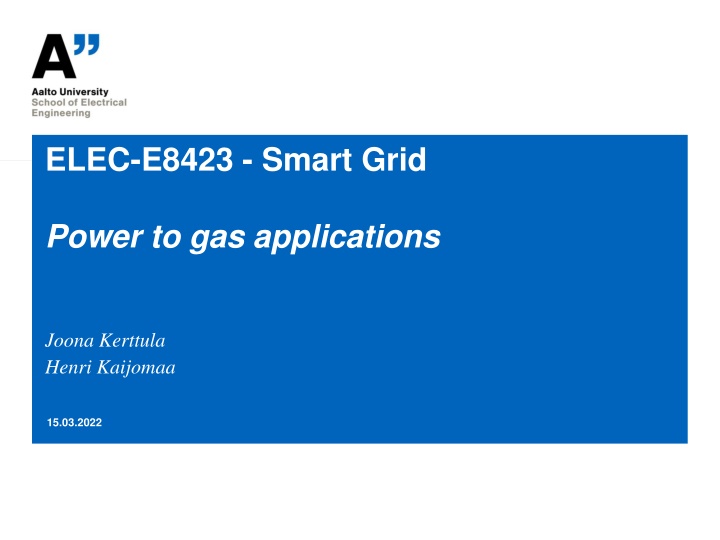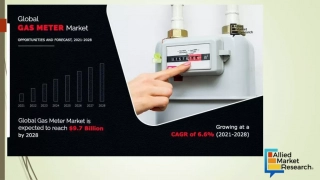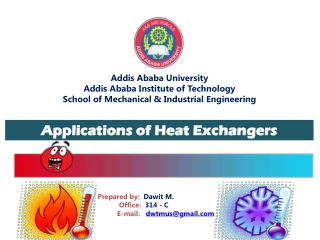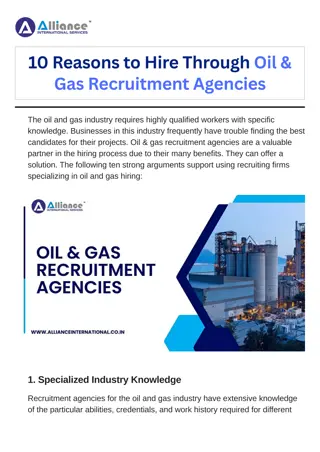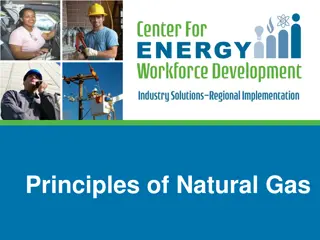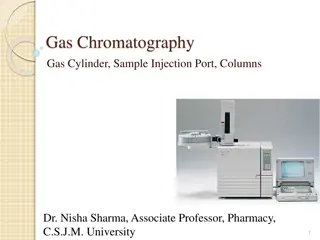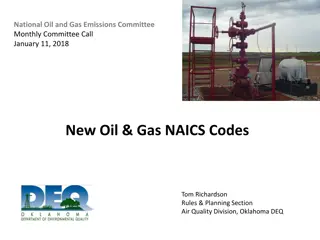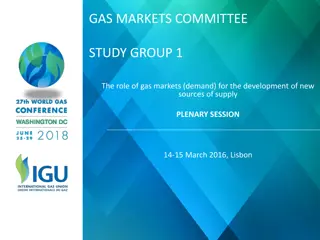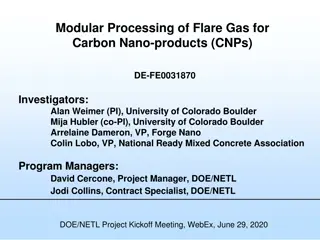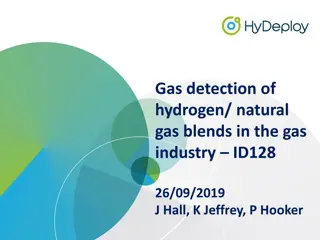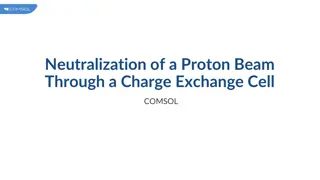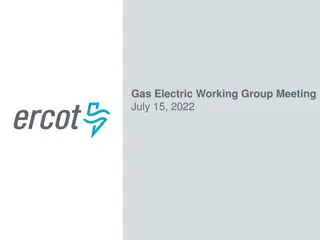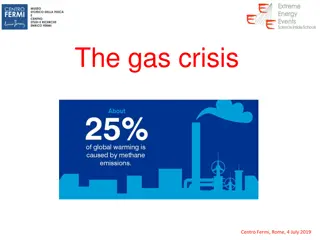Power to gas applications
Power-to-Gas (P2G) technology utilizes electricity to produce gaseous fuels like hydrogen, enabling efficient energy storage and transportation. Learn about electrolysis, different types of electrolysers, applications of P2G in various sectors, and its potential for load balancing in the energy grid.
Download Presentation

Please find below an Image/Link to download the presentation.
The content on the website is provided AS IS for your information and personal use only. It may not be sold, licensed, or shared on other websites without obtaining consent from the author.If you encounter any issues during the download, it is possible that the publisher has removed the file from their server.
You are allowed to download the files provided on this website for personal or commercial use, subject to the condition that they are used lawfully. All files are the property of their respective owners.
The content on the website is provided AS IS for your information and personal use only. It may not be sold, licensed, or shared on other websites without obtaining consent from the author.
E N D
Presentation Transcript
ELEC-E8423 - Smart Grid Power to gas applications Joona Kerttula Henri Kaijomaa 15.03.2022
Introduction Power to gas (P2G) is a process where electricity is used to produce gaseous fuels. Most applications use electrolysis to produce hydrogen, which can be further converted into other fuels, like methane. P2G is an effective way to store and transport surplus energy. Stored hydrogen can be converted back to electricity, used for heat production or to power transportation. P2G is a potential technology to balance the difference between production and demand. 07.02.2018 Page 2
P2G-system 15.03.2022 Page 3
Electrolysis of water Electricity is used to split water into hydrogen and oxygen . An electrolyser unit consists of an anode, a cathode and a power unit. An electrolyte is used to increase the ionization in the water. About 9 liters of water is needed to produce 1 kg of H2 and 8 kg of O2 as by-product. Oxidation at anode: Reduction at cathode: 2 H2O O2+ 4 H++ 4e 2 H++ 2e H2 15.03.2022 Page 4
Different types of electrolysers Alkaline electrolyser PEM electrolyser (Polymer Electrolyte Membrane) Polymer electrolyte membrane and pure water SOEC electrolyser (Solid Oxide Electrolysis Cell) Ceramics Electrolyte Liquid form alkaline Efficiency 65-70% 65-83% 74-81% + Robust and mature technology Lowest investment cost Better response to load changes -> no efficiency or purity drops The process can be reversed to work as fuel cell - Efficiency and hydrogen purity drops in partial load operation High investment costs High cost Not yet in commercial use 15.03.2022 Page 5
Applications Methanation H2 Energetic Use Material Use CH4 Heat Electricity Coolant Green Methane, since CO2is bound during methanation Methanol- Production Ammonia synthesis Mobility Storage Feed into Natural Gas Infrastructure (up to 1-10%) Many more applications in the industry ?2and it s derivates are currently too expensive to make with electrolysis. Improving tech, the economy of scale, higher CO2 credit prices are making this economically viable in the near future. introduction of renewables into the cycle lowers electricity prices and 23.03.2020 Page 6
Potentials Due to low efficiencies of the whole process, the idea is not to replace electricity just load balance and serve certain sectors. Such as transportation Existing storage structures (e.g. natural caverns) and natural gas infrastructure can be used and transformed. Even some existing engines such as from W rtsil can take hydrogen as fuel instead of natural gas. Excess energy can be saved during peak production and can be saved inertly for a long time, sometimes up to years. Provides a more energy-dense way of storing and transporting energy without losses. This energy can be released back to grid quickly. 23.03.2020 Page 7
Outlook P2G is a relatively new Technology, seriously considered only since the late 90s, lately investments have peaked. Many projects are currently planned. For example, in February 2020 Shell announced its plan to convert offshore wind energy (up to 10 GW) to hydrogen, and Neste has announced plans for green hydrogen at Rotterdam. Some projects even in Finland. Power to Gas will become more important: P2G plants can generate additional income by offering grid balancing services due to their fast startup time Increasing demand of Green Hydrogen due to CO2 price certificates Importance in grids with high renewable penetration to balance seasonal changes Globally installed electrical power of electrolyzers [5] 23.03.2020 Page 8
Conclusions Power to Gas technologies offer a good way of storing excess energy in carbon neutral ways, which allow it easily to be used in multiple applications Provides the ability for wider use of recyclables and will work as an important balancer between renewables and fossil fuels. Cost effiency of these methods has increased and price of CO2 credits have increased. Investments to the field are starting to make financial sense and are growing fast, especially in the light of recent war in Ukraine. 07.02.2018 Page 9
Sources Patel, S (2019): Why Power-to-Gas May Flourish in a Renewables-Heavy World (https://www.powermag.com/why-power-to-gas- may-flourish-in-a-renewables-heavy-world/) Birol, F (2019) : The Future of Hydrogen (https://www.iea.org/reports/the-future-of-hydrogen) Naimi, Y & Antar, A (2018): Hydrogen Generation by Water Electrolysis. (https://www.intechopen.com/chapters/60944) Electrochemical Energy Outreach Group (2022): Electrolysers. (https://ucellucl.com/electrolysers/) Petrova, V (2020) Neste to host green hydrogen production at Rotterdam refinery (https://renewablesnow.com/news/neste-to-host-green-hydrogen-production-at-rotterdam-refinery-690496/) Vasconcelos, B & Lavoie, J (2019); Recent Advances in Power-to-X Technology for the Production of Fuels and Chemicals. https://www.frontiersin.org/articles/10.3389/fchem.2019.00392/full?&field&journalName=Frontiers_in_Chemistry&id=454241 Sawas, Abdullah (2019): Optimal Sizing of Power to Gas Units toward Elevated Renewable Power Penetration IEEE 15.03.2022 Page 10
